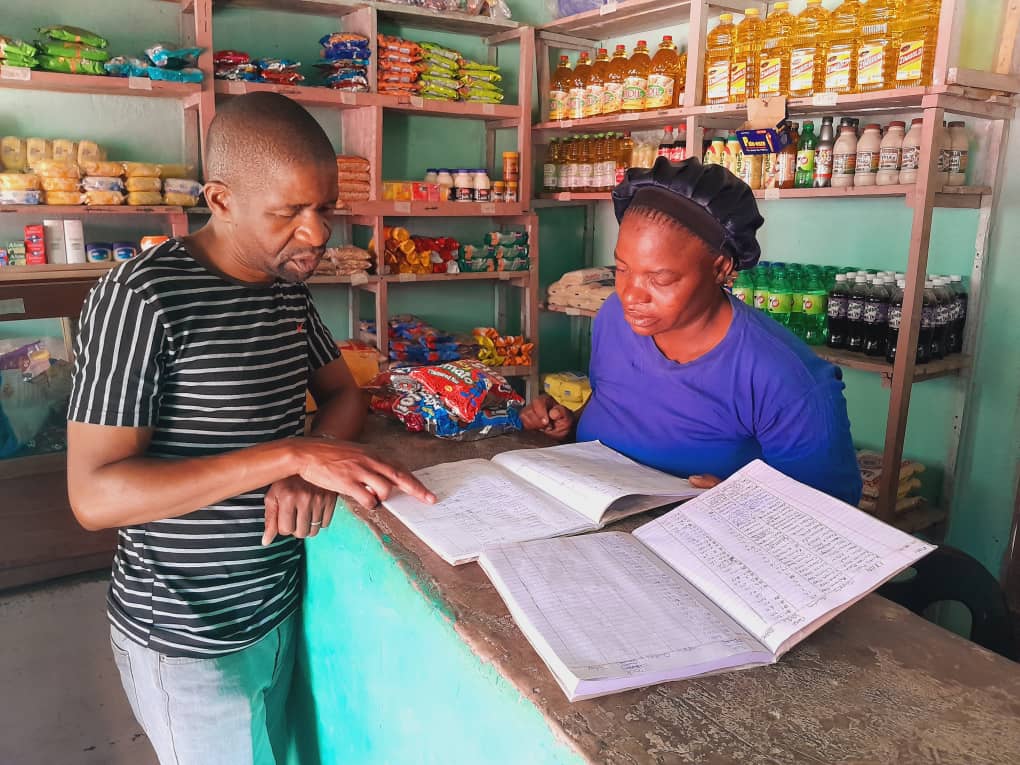
Our partners demand evidence, and rightly so. How else to prove the efficiency, effectiveness and value for money of our working model?
Hand in Hand Zimbabwe’s monitoring and evaluation (M&E) framework is based on a number of principles. Programs should be bench-marked against our friends in enterprise development using common criteria and standardized tools, the better to encourage shared learning throughout the sector. Results should be credible and transparent, fueling constant improvement in comparison to baseline studies. And above all else, evidence should be gathered using scientifically validated systems and procedures.
Hand in Hand Zimbabwe’s goals align with the UN Sustainable Development Goals (SDGs), ratified by all 193 UN member states in late-2015. Each country has multi-stakeholder teams working to adapt and implement the goals, developing nationally applicable milestones and indicators. Our M&E efforts will vary across borders accordingly.




Largely the result of developing winning proposals, as well as by observing global trends, recent years have taught us lots about which indicators have the most relevance and traction in our sector. Our indicators correlate to the relevant SDGs.
Wherever possible, we use standardized tools to measure change at the outcome level. In other instances, we also measure outputs. The difference between the two is both simple and fundamental: where outputs measure the immediate results of our programs – things like numbers of jobs – outcomes measure the changes that result from those outputs: improved incomes, resulting changes to diet and so on.
Jobs and employment (Goal 8) is one area where outputs are relevant. Poverty reduction/income change (Goal 1), food security (Goal 2) and women’s empowerment (Goal 5) are all best measured in terms of outcomes.

Hand in Hand measures poverty reduction by monitoring the accumulation of assets – cattle, a motorcycle, whatever the case may be – among our members. We also directly measure net business income and changes in household income.

Lives improved between October 2015 and November 2019. Every business we help create benefits an average of five family members – young, old and everywhere in between

More than 90 cents of every dollar we raise is spent on programs – a standard we plan to maintain.

Outputs such as members trained, business started, jobs created and credit disbursed are a vital component of our donor reporting. Cumulative outputs are measured monthly on a national level across the Hand in Hand network and shared with stakeholders.